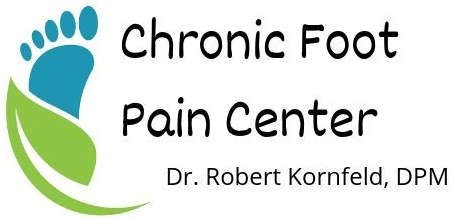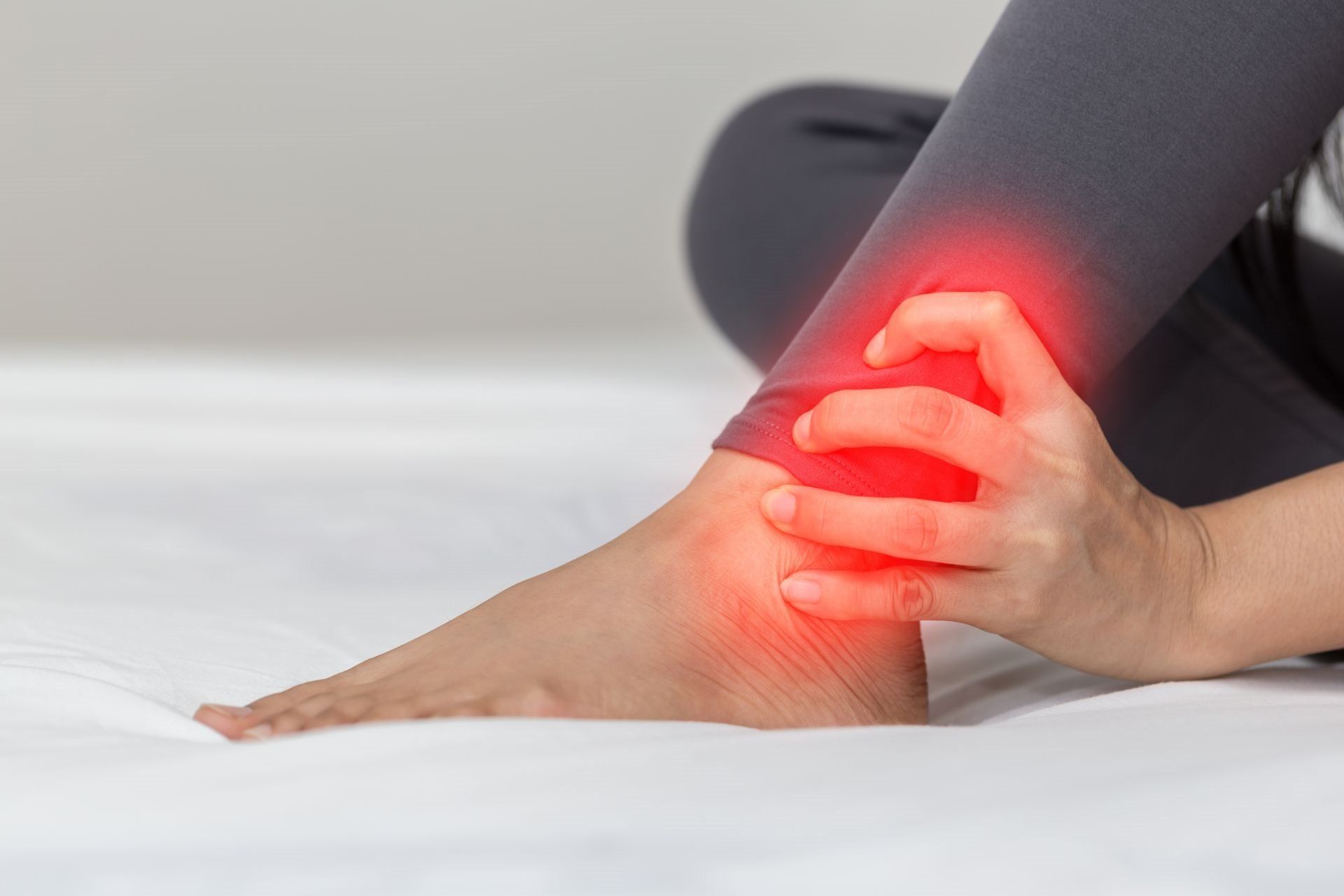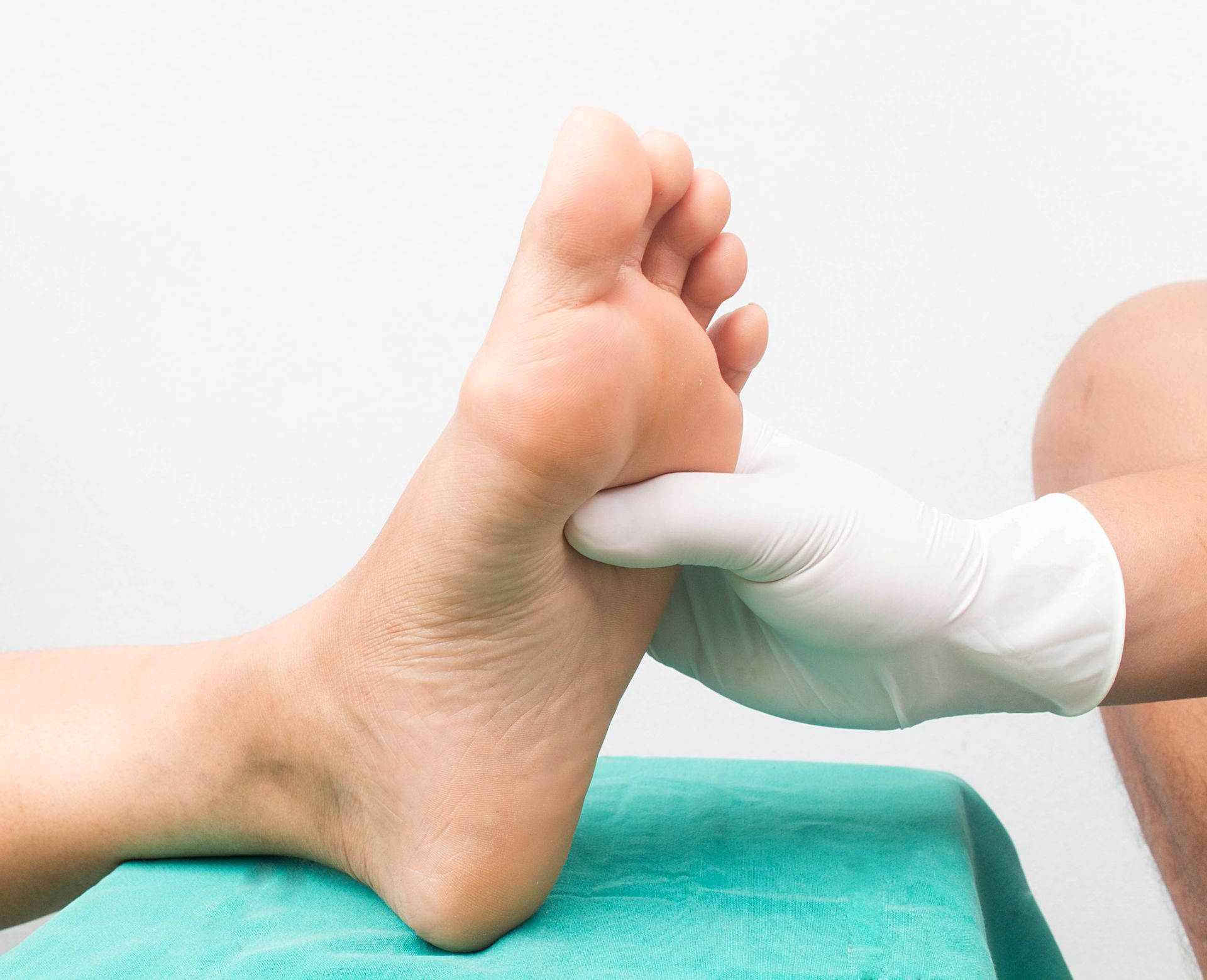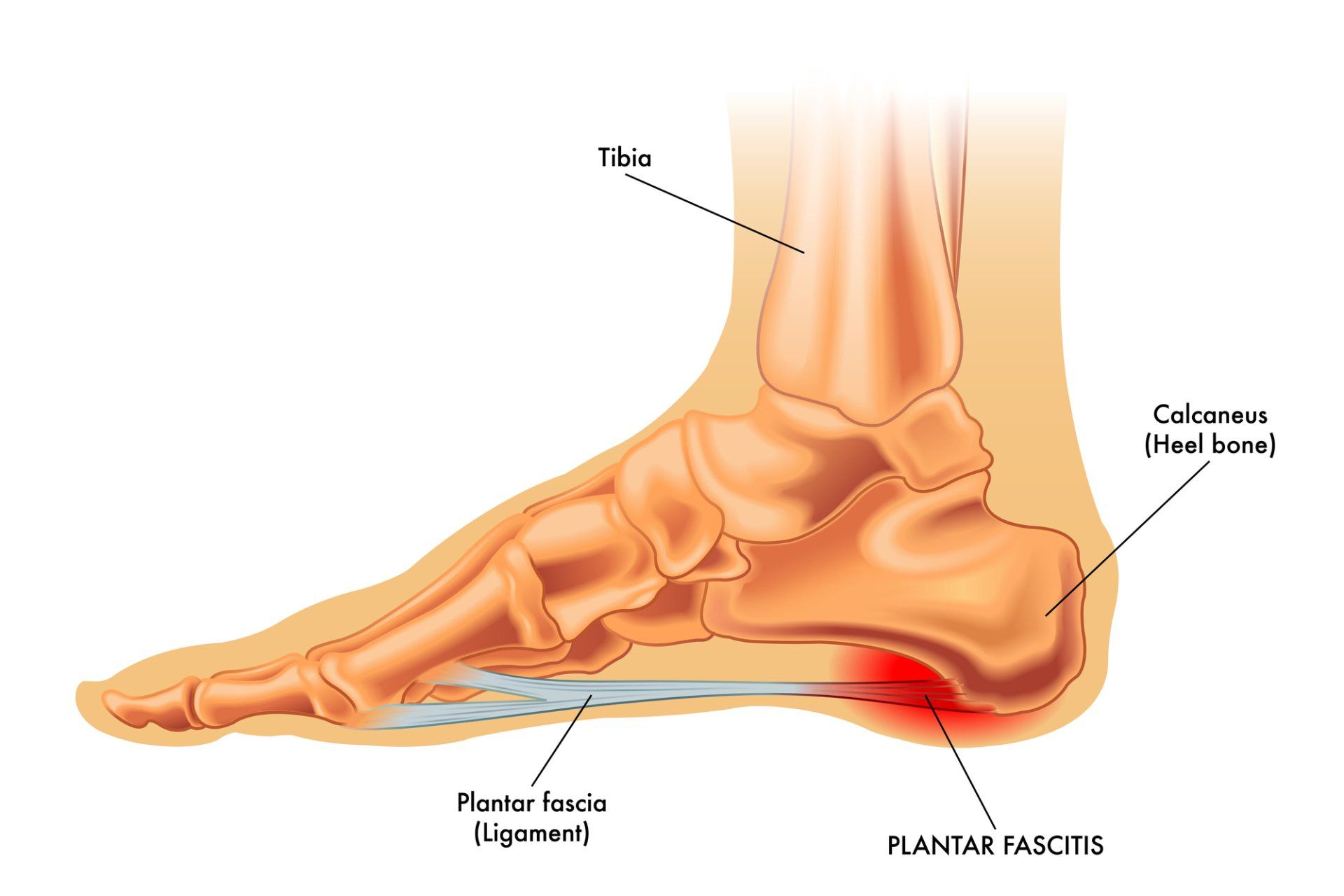Prolotherapy For Chronic Tendon and Ligament Inflammation of the Foot and Ankle
Reducing Chronic Inflammation

Pain syndromes are on the rise in the U.S. and more people are dealing with chronic pain than ever before. No one likes pain and, understandably, people will do just about anything to get pain relief, even if it means taking medications that come with a long list of possible side effects. Many patients believe if they are not experiencing side effects that the medicine is helping them. Even if the medication is controlling the pain they experience, it is not improving their health. In truth, it could be just the opposite.
Let’s take a look at anti-inflammatory medications. They can be administered orally or by injection. The mode of action is to suppress inflammation. This makes sense on the surface since it is inflammation causing most pain syndromes (other then nerve compression, infection and vascular pain). So why not take a medication if it winds up making a patient feel better? To understand why my belief and experience shows it’s better not to, it is important to understand that humans have an immune system designed to repair and protect. When cells in your body are injured or stressed, there is a pathway called primary inflammation which facilitates the detoxification and repair of these cells. It is active predominantly at night while sleeping. When the pathway of primary inflammation is inefficient or if the injury to the cells is ongoing, the immune system will recruit a pathway of protection called chronic inflammation. This pathway is designed to protect injured cells that are not healing in a timely way. It is the pathway responsible for pain, swelling, sometimes redness and heat in the area. Without this pathway, injured cells are in danger of cell death, so it is a very important defense mechanism.
Oral anti-inflammatory medications suppress chronic inflammation, thereby relieving pain, but they are not pathway specific. They will also suppress primary inflammation. In so doing, they make it difficult for the body to detoxify, thus making it necessary to monitor these patients for liver damage since toxins are not readily removed. In addition, these drugs have other potential side effects such as internal bleeding, stomach and intestinal ulceration, abdominal pain, diarrhea, stomach upset, heartburn, muscle cramps, numbness and tingling, bloody stool, bloody urine or vomit, and rapid weight gain. There is also an increased risk for cardiovascular events in patients over 60 years old.
Injectable anti-inflammatory medication, most commonly cortisone, bypasses the GI tract and dramatically reduces most of the aforementioned side effects except it still suppresses primary inflammation and thereby blocks both the pathway of protection and the pathway of repair. In addition, injectable cortisone is fibrolytic, meaning it weakens connective tissues (i.e. tendons, ligaments and joint capsules). This is not a good idea in already injured and weakened tissues and can lead to tendon and ligament ruptures as well as an overall worsening of the pain syndrome.
So how do we get these syndromes to heal without taking on the aforementioned risks? One great way is prolotherapy injections. As a doctor specializing in chronic pain syndromes of the foot and ankle, I have used this technique thousands of times with very good success. Prolotherapy takes into account that once the immune system locks into a pathway of chronic inflammation to protect these injured tissues, it is not going to release this pathway easily. Prolotherapy is a way to send a “new signal” to the immune system to release protection and switch to repair. Through the use of “proliferants”, which cause mild tissue disruption, the immune system picks up a signal of a “new” injury which will be answered by the pathway of primary reparative inflammation. The medicines stimulate the migration of fibroblasts which are the cells that lay down the matrix for repairing connective tissue. We not only get the stimulus for healing, we can actually generate stronger connective tissue than what was there before. This is in stark contrast to the fibrolytic properties of cortisone. In fact, the medicines I use in my practice not only stimulate repair, they also simultaneously stimulate the detoxification of the injured cells. The inflammatory infiltrates are carried away much faster, clearing the way for healing.
Prolotherapy can be used for chronic plantar fasciitis and fascial tears, Achilles tendinitis, posterior tibial tendinitis, peroneal tendinitis, weak and torn ankle ligaments, ankle instability from chronic sprains, plantar plate tears, chronic joint capsulitis and any other connective tissue inflammation in the foot or ankle.
Dr. Robert Kornfeld is the founder of The Chronic Foot Pain Center with offices in Manhattan and Long Island. His 38 years of experience and his sub-specialty focus on the natural treatment of chronic foot pathology makes him uniquely qualified to assess and treat all kinds of chronic pain syndromes of the foot and ankle. To learn more, check out his website at www.drrobertkornfeld.com as well as his Facebook page at Chronic Foot Pain Center – Dr. Robert Kornfeld.










